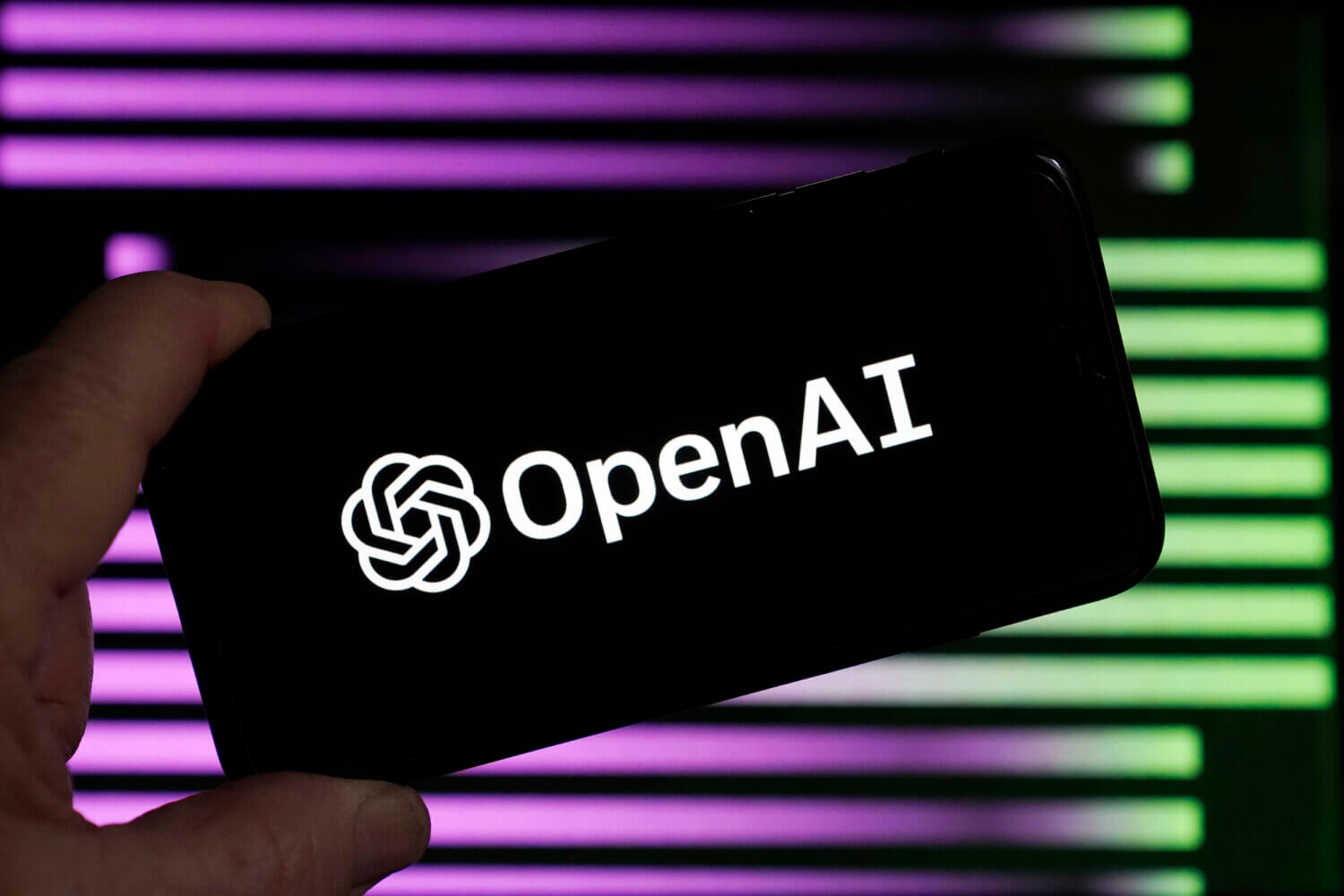When OpenAI unveiled its natural language model ChatGPT in November, local news publishers quickly took notice, imagining what the tool could do for their journalism.
One of them was Scott Brodbeck, founder and CEO of Local News Now, which operates local news sites in Virginia including flagship ARLnow. Between his three outlets, he had an editorial staff of seven. Automation had been a way of stretching his resources, even before he started experimenting with artificial intelligence.
Within a matter of months, Brodbeck had put together a number of AI-powered automations. Those experiments included tools that scanned newly published articles for typos; summarized stories and press releases; analyzed the tone of news articles as positive, negative or neutral; evaluated event calendar submissions; and helped write sponsored content. One of his bigger projects was a morning newsletter for ARLNow that includes AI-generated summaries of the outlet’s stories from the previous day.
“When you only have two journalists working on a site, asking them to report on stories and do all this extra work — it adds up,” Brodbeck said. “I want them to focus on the actual journalism and not on these more various sundry tasks, and so having the AI to do that has really opened up possibilities of doing stuff that we did not have available to us before.”
National outlets have made headlines in recent months for their — sometimes disastrous — forays into AI, and every week seems to bring news of another media executive announcing plans to incorporate AI into their newsroom’s workflow. Last month, OpenAI announced a $5 million partnership with the American Journalism Project to help local news organizations develop AI-powered tools.
But some outlets have been experimenting with AI and automation in local reporting for years. The Associated Press, for example, started its local news AI initiative in 2021 and recently committed to developing AI projects in conjunction with five local newsrooms. In Ohio, Richland Source, a local news outlet in Mansfield, is using content automation to cover roughly 10,000 high school sports games across the state every year.
“We started to use AI in our operations back in 2018,” said Richland Source CEO Jay Allred. “We sort of had this hypothesis, ‘What if we could cover every high school sports game in Ohio and do it automatically, accurately, while our editors and reporters are sleeping?’”
Working off that goal, Richland Source developed Lede AI to help newsrooms cover sports games they would have otherwise missed. Roughly half a dozen news organizations across the country use Lede AI, Allred said, and interest has grown since the release of ChatGPT.
Lede AI draws from a national database of sports results submitted by fans to generate short articles that are automatically published after a game ends. At Richland Source, Allred said it is “incredibly rare” that a reader complains that they got something wrong. He said that when evaluating Lede AI-generated stories on the metric of reader complaints, the accuracy rate is roughly 99.9% accurate. He estimates that in reality, the accuracy rate is “probably more like 99.6%” to reflect errors that went unreported by readers.
Though Lede AI has dramatically increased the volume of visitors to Richland Source, sports stories written by humans still do much better in terms of reader engagement metrics like bounce rate and session duration. The point of Lede AI is to free up resources at smaller newsrooms, Allred said. At Richland Source, that means human sports reporters focus on the games that matter most to the newsroom’s regional audience.
Developing AI tools can be a process of “continuous adjustment,” Brodbeck said. In creating ARLnow’s AI-generated newsletter, he initially found that the most challenging aspect wasn’t related to AI; it was formatting the newsletter so that it looked consistent across email clients.
In an April article announcing the newsletter’s launch, ARLnow noted that the AI-written summaries sometimes missed “factual nuances” in stories, and the AI-generated text could be “corny” and repetitive. Three months later, the newsletter remains experimental. Brodbeck told Poynter in an email that he had to make adjustments after the AI-generated text became wordy and described past events using the present tense. He’s been building in capabilities to manually adjust the newsletter and is still working on getting it ready for a wide release.
Meanwhile, local newsrooms across the country are embarking on their own AI experiments. At a recent demo day hosted by New York University Media Lab, six teams showcased the projects they’d been working on as part of the university’s “AI & Local News Initiative.” Those initiatives included a speech-to-text model that could provide real-time captioning and transcription at New York Public Radio’s WNYC and a conversation prompt generator designed to improve and guide comment sections for Graham Media Group’s local news sites.
Though some media organizations have seized on this new technology, their workers are more skeptical. Some worry that AI will be used to replace journalists, and media unions are increasingly bringing up the issue at the bargaining table. Some have even released statements criticizing their companies’ use of AI.
Allred said it would be disingenuous to dismiss those workers’ concerns. The development of AI tools is inevitable, and they will likely be available at scale for cheap. The question that news organizations will have to answer is how they plan on deploying that technology, Allred said. At Richland Source, for example, the company has added staff since it first started using AI four years ago. Allred said he continues to advocate for deployment that is “additive rather than subtractive.”
“If we use (AI) intelligently to create more value — with the intention to free our existing reporters to do investigative work, to do high-impact civic journalism, to do sports features, to do the kind of work that only people can do — then nobody really has anything to worry about,” Allred said. “The question will remain, particularly at the corporate level, what will be the intention of that deployment?”






